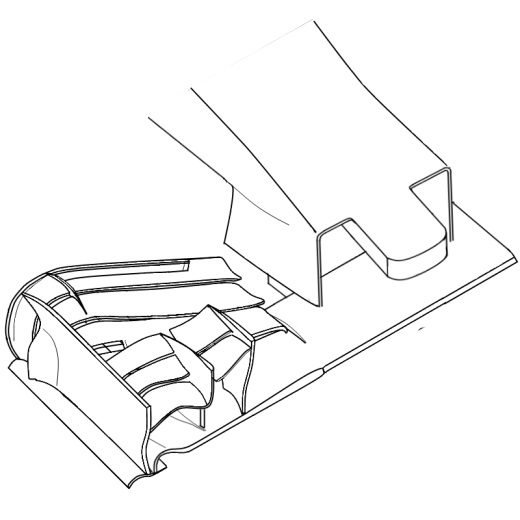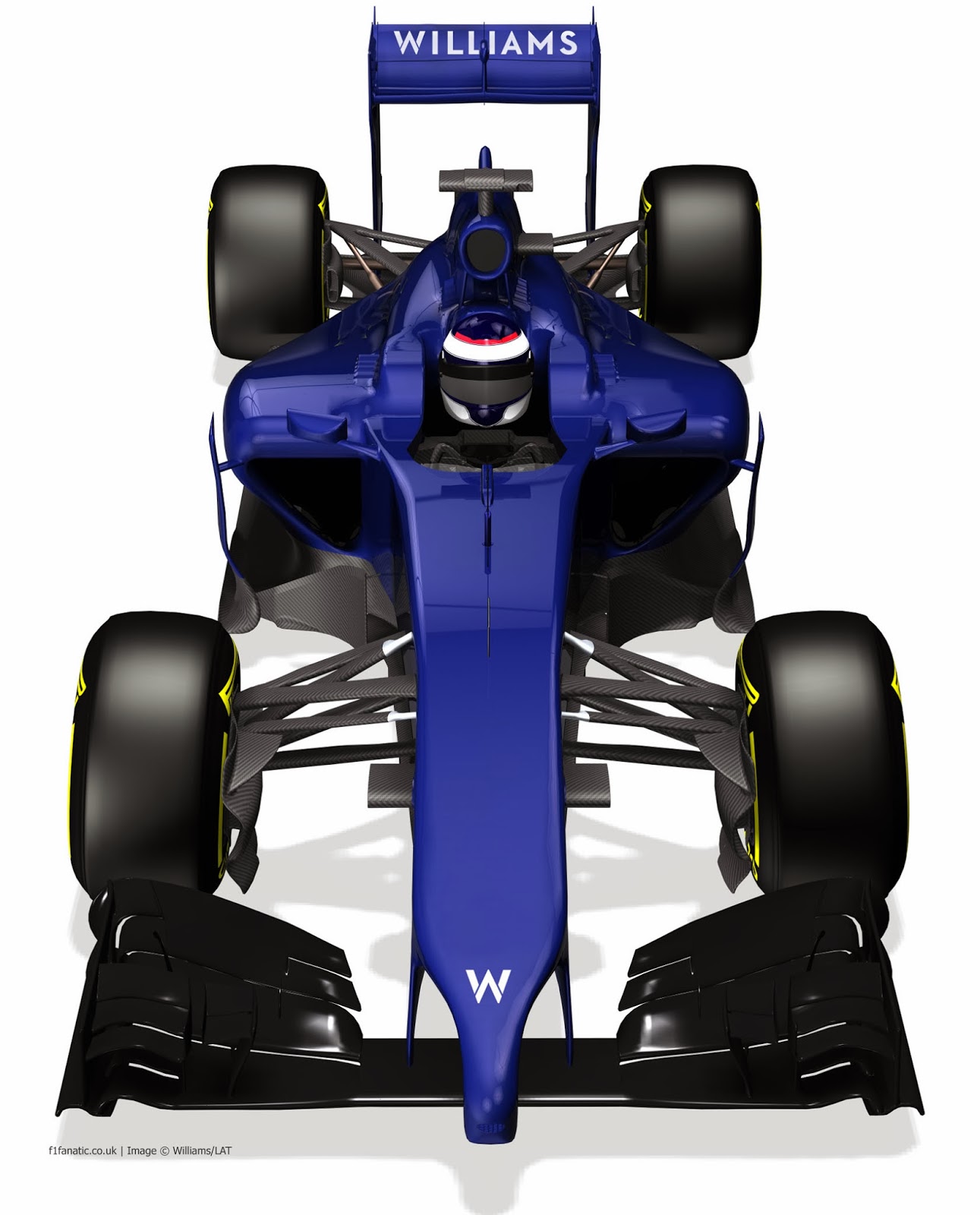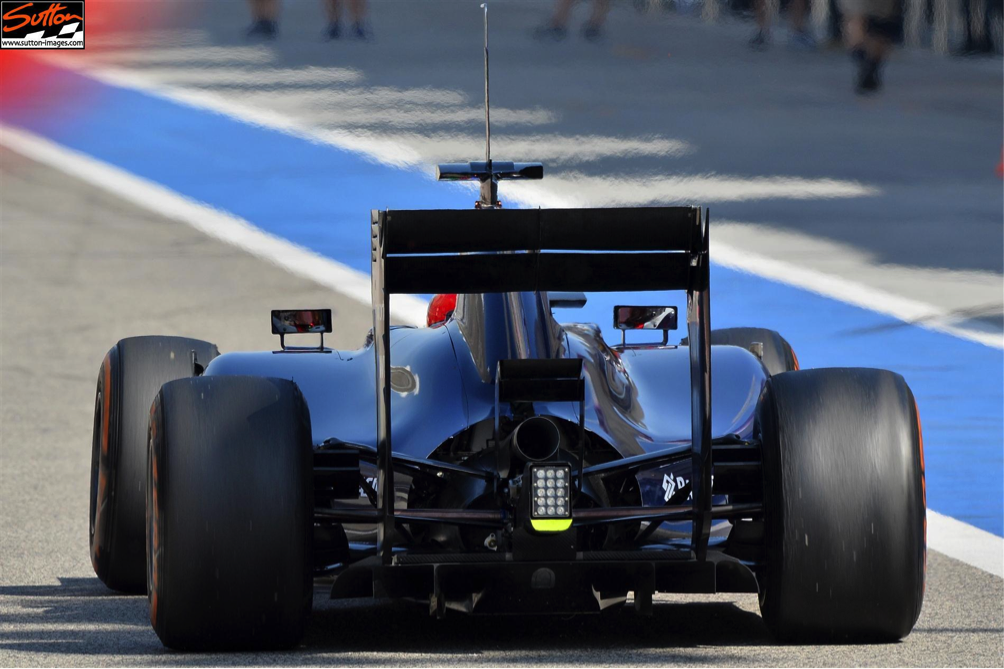Mate, I never claimed it worked better. I fully underline there are more factors at play, like how the nose works on the neutral section and vortex generation. The point at hand was the frontal view of a f1 nose does not ultimately determine by itself how much air can fit underneath.trinidefender wrote:
Turbo I'm sorry to say but your analysis here is far to simplistic to judge which nose works better in which conditions. The problems are:
A. You don't know the yaw angles involved.
B. You can't tell how airflow moves around the finger and the pylons and any turbulence/vortices that are given off intentionally or unintentionally by them.
C. You are looking at the simple space provided underneath the nose and between the nose pylons.
D.you can't tell how the rest of the nose effects airflow going underneath and around it.
E. Here is the major one, you completely ignored the mass of airflow that flows inside of the front wing over the neutral portion. Basically between the inside edge of the front wing and the outside of the pylons.
Something I have noticed that started for 2014 with the trend of lowering the noses. The front wing pylon design has become a far more integral part of the general design of the front of the car. As you can see last year Williams ran wing pylons that had a significant bend inwards in them. At first glance in would seem it reduces the airflow going under the nose but what is not looked at is how those inwards portions help to direct flow from either side of the front wing pylons to then flow underneath the wing.
It is my humble suggestion that these types of analyses be more biased to towards figuring out how different parts of a car works and what parts do as opposed to which is a better design. I say this because without hard data it is almost I possible for us to say which is a better design, especially when you introduce variables like yaw into the equation.
I tried to make sure that it got across that more air volume in yaw does not determines the performance just on its own, in the last paragraph. Maybe I should underline such a thing next time? Like this:
I have no issues with criticism, but before you do that, make sure you properly readed the article so that we can skip the obvious, skip the points I already made and just skip any unnecessary repeating.
For the record, here is that very last paragraph:
Some points I do like to adress:Note that while this does highlight one design aspect of nose cones, it does not mean the Force India nose is better overall. Other parameters like influence on the neutral section and airflow structures are just as important as well.
-yaw angles change all the time during cornering, and determined by how sharp the turn is. The yaw angle I took was a sharp one, but merely was used as an example. Yes indeed, the trick is to have a wide window which is the best compromise for the biggest range of yaw angles.
-Your point about the airflow going over the neutral section is valid, however: ask yourself the question, how much of this is due to the front wing and the pylons, and how much with the nose itself? It'll have its impact, you don't have to tell me that, but how much is a guess work without cfd and probabmy still with cfd since you'll have to correct for the steady state.
It would also make it very tedious and complex, while the point trying to be made is much simpler:
The article simply made the point yaw angle is a big influence on the amount of air volume underneath the nose. Omitting variables as influence of airflow coming over the neutral section on the outsides of the pylons, on the airflow underneath the nose on the inside of the pylons, is a concious choice not to overcomplicate the point.
I'm willing to discuss that point further though. I'll mock something up so we can have a proper discussion about that.












